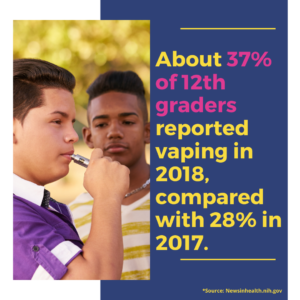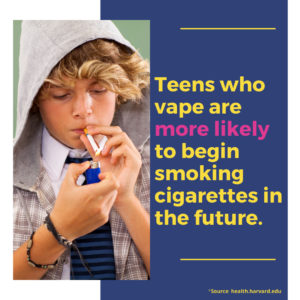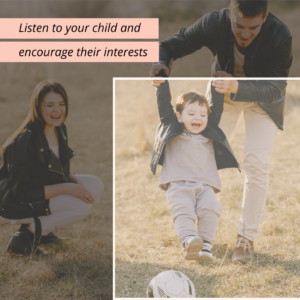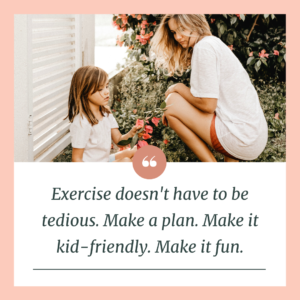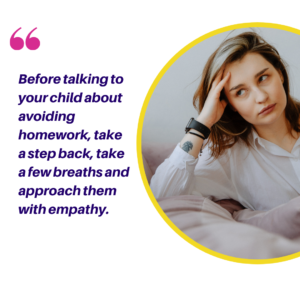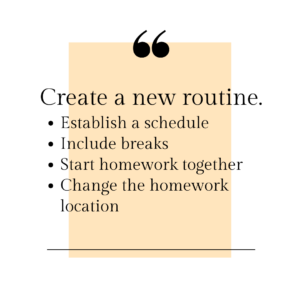The New Year’s resolution: love it or hate it, it’s a time-honored way to start fresh with new goals for a new year. However, we all know how difficult it can be to stick to those resolutions by the time February rolls around. It is no easier for your child than it is for you.
Age-appropriate New Year’s Resolutions
Should your child set New Year’s resolutions? Yes, but they need to be achievable and age-appropriate. The American Association of Pediatrics recommends that preschoolers focus on specific ‘helping’ goals like picking up toys each day; ‘health’ goals like washing hands, or ‘social’ goals such as sharing toys with friends.
The AAP says children ages 5-12 can understand and tackle specific goals, from improving health and study habits, to speaking up if they see or experience bullying. Teens 13 and up can set goals that encourage them to take responsibility for their choices and actions, e.g. volunteering more, self-care, family responsibilities, academics, and use of leisure time.
Take Time To Reflect
Start by having a reflective, open discussion with your child about the previous year. What did they enjoy? What gave them a sense of accomplishment? What attitudes, actions or habits would they like to improve – or leave behind? Is there anything that they didn’t get the chance to explore? Talk about areas where you, as parent, feel some goal-setting would help, and encourage these to become your child’s goals as well as yours.
Listen and work with your child to choose just a few important resolutions. Then give your child the best chance to succeed by framing SMART (specific, measurable, attainable, results-oriented, time-bound) goals. Make sure they understand what these goals will require of them, and that you’ll be there to encourage them every step of the way.
Which New Year’s Resolutions Are On Your Child’s List?
Resolutions are as unique as your child. He or she may want to focus on any of the following areas – or they may have completely different ideas about what matters!
Make Friends
If your child’s ultimate goal is to make friends, help them to set smaller goals such as ‘talking to two new people a month’ or ‘planning one Zoom hangout a month’.
Earn Better Grades
If your child has been struggling with schoolwork, help them set specific goals, such as earning one letter grade better on tests. From there, create a game plan, such as studying for an hour per day for a week leading up to each test. As well, your child’s teacher might have insights that will help your child succeed in his or her academic goals.
Eat Healthier
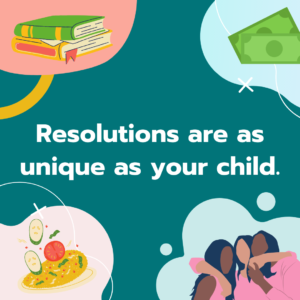
Healthy eating goals are well worth pursuing, with benefits that include controlling weight, preventing disease, improving mood, and more. If your child wants to eat healthier, help them set SMART goals; e.g. eating one cup of vegetables three times a week for a month. This diet change helps your child shift toward healthier eating practices, but sets a time limit for trying it out. At the end of the month, evaluate this approach with your child, and decide how to continue. Bon appetit!
Read More
If you and your child set a goal to read more in the coming year, think about quantifying it (for example, ‘read 12 books in 2021’) and plan to make a monthly trip to the library or bookstore. Remember to consult your librarians or bookstore staff for enticing titles that appeal to your child’s reading preferences and level.
Save Money
If your child has a job or an allowance, it’s never too early to start teaching them the value of saving a little for the future. The general rule of thumb is to save 20% of a paycheck: this might be achievable for your child if they don’t need to help with other expenses. Another approach might involve saving a certain amount of money by year’s end. Those first big purchases like cell phones, cars and college aren’t far away, so teaching your child the patience to save now will pay off all their lives.
Tips for sticking to New Year’s Resolutions
Do it together (if possible). Consider making family resolutions. If your child’s goal is something that would benefit everyone, like exercising, reading more, or eating more healthy foods, make it a family goal. Not only is it a great bonding opportunity, you’re increasing your child’s chances of success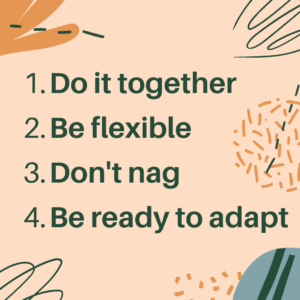 and doing something that’s good for all of you. Some families might enjoy setting up a competition, but keep it healthy and never force anyone to compete if they don’t enjoy it.
and doing something that’s good for all of you. Some families might enjoy setting up a competition, but keep it healthy and never force anyone to compete if they don’t enjoy it.
Be flexible. Even with specific milestones to achieve, life can get in the way. If your child doesn’t meet his or her monthly goal, don’t make an issue of it. Do encourage them to keep right on trying. If you’re too strict or show too much disappointment, your child may not want to continue, so keep it positive and focused on ‘next time’.
Don’t nag them. Of course you want your child to succeed and to know the satisfaction that comes from achieving their goals. However, putting the work in to meet that goal is ultimately up to your child. No amount of pestering will make them achieve it faster and in fact, too much pressure will make them resent the process.
Be ready to adapt. Be comforting, empathetic and supportive, both when they succeed and especially when they don’t. If your child is having trouble making progress, think about whether the goal should change. You’ll only know by checking in with your child. If motivation is the issue, think about little incentives that could encourage them: e.g. for each book read, they get to pick the dinner menu. Be creative and always communicate with your child.
If you and your child need a break, visit our Take a Break page or sign up for one of our fun and free Wellness Wednesday Webinars. Good luck!




 anxiety. A guided body scan meditation can be a great introduction to meditating because the purpose is to check in with yourself and your feelings. Try this
anxiety. A guided body scan meditation can be a great introduction to meditating because the purpose is to check in with yourself and your feelings. Try this 
